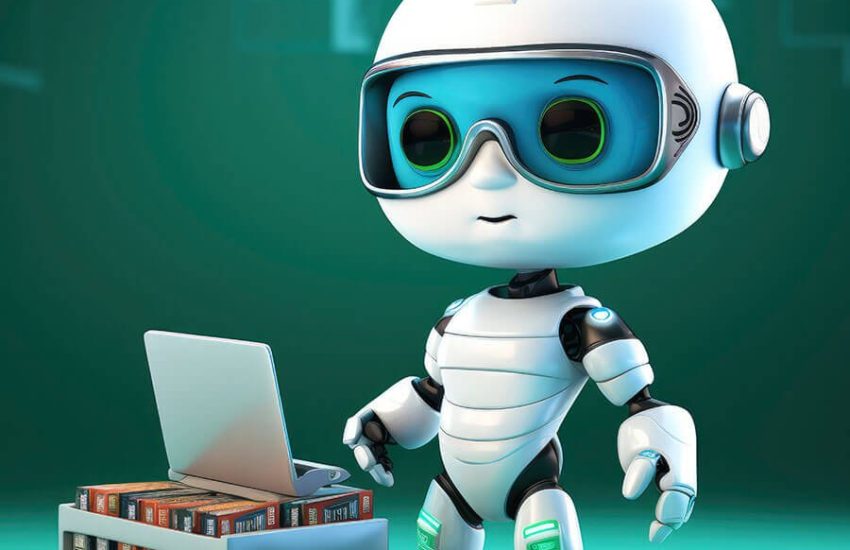Summary:
Robotics is transforming the global workforce in profound ways—reshaping industries, redefining job roles, and creating new opportunities alongside disruption. In this post, we examine how automation and robotics are influencing employment trends across sectors, the skills that are in demand, and what it means for the future of work.
1. Robotics in the Modern Workplace
From robotic arms in manufacturing to autonomous delivery bots and AI-powered service robots, robotics is rapidly integrating into the global economy. These technologies are being deployed to increase productivity, reduce costs, and perform tasks that are repetitive, dangerous, or highly precise.
Industries like automotive, logistics, agriculture, and healthcare are leading adopters.
2. Job Displacement and Role Transformation
One of the major concerns surrounding robotics is job displacement. Certain roles—especially those involving routine or manual tasks—are being automated. However, rather than eliminating jobs entirely, robotics is transforming them.
Many positions now require humans to work alongside robots (collaborative robots or “cobots”), supervise systems, or focus on creative and analytical tasks that machines can’t do.
3. New Job Creation and Evolving Skills
As automation eliminates some roles, it also creates new ones. The rise of robotics has led to growing demand for:
- Robotics engineers
- Data scientists
- AI trainers
- Maintenance technicians
- Automation consultants
Soft skills like problem-solving, adaptability, and communication are also becoming more valuable, especially in hybrid human-machine environments.
4. The Rise of Collaborative Robots (Cobots)
Cobots are designed to work alongside humans safely and efficiently. They support employees by taking over physically demanding or repetitive tasks, allowing humans to focus on more strategic or nuanced work.
This shift promotes higher job satisfaction and can reduce workplace injuries and fatigue.
5. Global Disparities in Robotics Adoption
The impact of robotics varies globally based on factors like infrastructure, education, and economic development. Advanced economies are leading in robotics adoption, while developing nations may face a slower transition.
This creates a need for inclusive strategies that ensure workers everywhere have access to training and technology.
6. Upskilling and Workforce Resilience
To remain competitive in the age of robotics, businesses must invest in workforce development. Upskilling programs, technical training, and lifelong learning initiatives are key to helping workers adapt to changing roles.
Public-private partnerships, online learning platforms, and vocational programs are all playing a role in this transition.
7. Policy and Ethical Considerations
Governments and organizations must address the ethical challenges of automation, such as:
- Ensuring fair labor transitions
- Avoiding bias in AI-driven systems
- Balancing economic efficiency with job preservation
Thoughtful policy can help guide robotics integration in a way that supports both innovation and social responsibility.
Final Thoughts:
Robotics is undeniably reshaping the global workforce—but it’s not just a story of replacement. It’s a story of evolution, where humans and machines collaborate to build a more efficient, innovative, and adaptive working world.
At Anytime Server Support, we help organizations leverage robotics and automation while planning for workforce alignment and IT infrastructure that supports the future of work.


